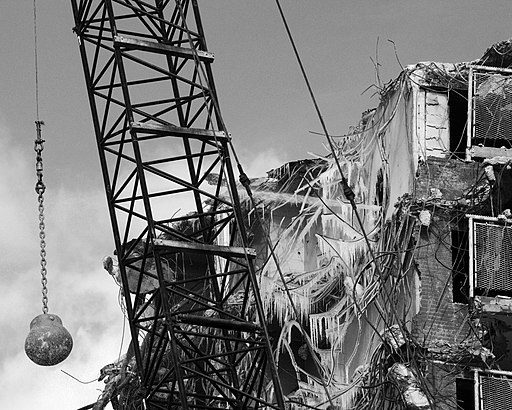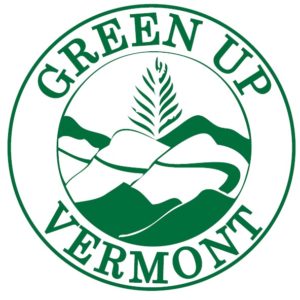Other than reusing building materials, recycling them into different applications is another alternative that can conserve resources. For instance, wood can be chipped and used as fuel in biomass facilities; asphalt and concrete can be crushed and incorporated as aggregate in new pavement; gypsum board (aka sheetrock) can be recycled right back into whole pieces again. Metal is easily recycled in most areas of the country with other scrap metal. These materials must be absolutely clean with no paint, adhesive or other contaminant residue for the best recyclability.
Locally, there are two facilities that will accept concrete, asphalt and other aggregate for recycling: Markowski Construction in Florence (802.483.6469) or Wilk Paving in Center Rutland (802.438.5454). Two facilities near Burlington receive additional sorted C&D materials that are recycled: Myers C&D Recycling Facility (802-655-4312) and the All Cycle Transfer Station (802-651-5412).
According to the Construction & Demolition Association, there are over 500 million tons of usable building and road construction materials recycled annually in the United States of America. That sounds like a lot, but it is difficult to measure how much C&D materials are put in landfills or incinerated, as they often are mixed with general Municipal Solid Waste (MSW). In 2018, Vermonters disposed of about 46,823 tons of C&D materials with MSW in the landfill, which is roughly half of the total C&D debris generated (source: 2018 VT Waste Characterization Study).





